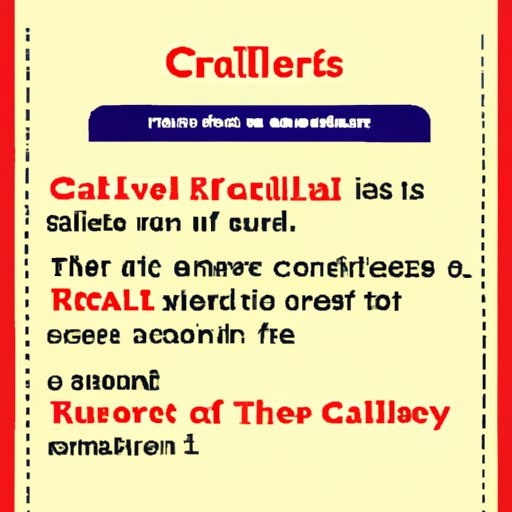Introduction
Have you ever read a sentence that seems to go on forever, leaving you feeling confused and frustrated? Chances are, it contained a relative clause. While they may sound intimidating at first, relative clauses are an essential part of English grammar. In this comprehensive guide, we’ll break down what relative clauses are, how they function in sentences, and provide examples and exercises to help you master using them in your writing.
Demystifying Relative Clauses: A Simple Guide for Beginners
At its core, a relative clause is simply a group of words that provide additional information about a noun or pronoun in a sentence. They begin with a relative pronoun, such as “who,” “whom,” “whose,” “that,” or “which,” and contain a verb and subject.
For example, in the sentence “The woman who is wearing the red dress is my neighbor,” the relative clause is “who is wearing the red dress.” It provides more information about the woman being referred to in the sentence.
It’s important to note that relative clauses aren’t complete sentences on their own. They act as modifiers and must rely on an independent clause to make complete sense.
Examples of Relative Clauses: How to Identify and Use Them in Your Writing
There are two types of relative clauses: restrictive and non-restrictive. Restrictive relative clauses provide essential information about the noun or pronoun being referred to and are essential to the meaning of the sentence. Non-restrictive relative clauses, on the other hand, provide additional information that is not necessary to the meaning of the sentence. They are set off by commas.
Here’s an example of a restrictive relative clause: “The book that I read last night was fantastic.” The relative clause “that I read last night” is essential to the sentence’s meaning because it specifies which book is being referred to.
Here’s an example of a non-restrictive relative clause: “My sister, who loves to bake, made a delicious cake for my birthday.” The relative clause “who loves to bake” is set off by commas and provides additional information about the subject, but is not necessary to understand the sentence’s meaning.
Relative clauses can also be used to combine multiple sentences into one, creating a more complex sentence structure. For example:
“John, who is my neighbor, invited me to his party. He is turning 40 this weekend.”
Can be combined into: “John, who is my neighbor and is turning 40 this weekend, invited me to his party.”
Mastering Relative Clauses: A Step-by-Step Tutorial
Constructing a sentence with a relative clause can seem daunting, but with a little practice, it will become second nature. Here’s a step-by-step approach:
1. Identify the noun or pronoun being referred to.
2. Determine what information you want to add to that noun or pronoun.
3. Choose the appropriate relative pronoun (“who,” “whom,” “whose,” “that,” or “which”) based on the context of the sentence.
4. Include the verb and subject that agree with the relative pronoun and complete the clause.
For example: “The man who is wearing a hat waved to me.” In this sentence, “man” is the noun being referred to, and “who is wearing a hat” provides additional information about him.
It’s crucial to choose the appropriate relative pronoun based on the grammatical function of the noun being referred to. For example, “who” is used to refer to people, while “that” and “which” can refer to both people and things.
The Importance of Relative Clauses in English Grammar
So why do we use relative clauses in English? For starters, they allow us to add more information to a sentence without creating a whole new sentence. This can create more complex sentence structures that enhance our writing and make our communication more nuanced.
In addition, mastering relative clauses is crucial for effective communication and comprehension in English. The ability to understand and use them correctly can improve reading comprehension and make our writing more sophisticated.
How to Avoid Common Errors in Using Relative Clauses
Like any aspect of language, there are common mistakes people make when using relative clauses. One of the most common is mixing up the relative pronouns “that” and “which.”. “That” is used for essential information, while “which” should be used for non-essential information.
Another mistake is using an incorrect verb tense within the relative clause. Make sure to use the same verb tense as the rest of the sentence.
To avoid these errors, it’s important to review and practice using relative clauses often. Reading and analyzing examples of correct usage can also help improve your understanding.
Exploring the Different Types of Relative Clauses and Their Functions
Relative clauses can be categorized into different types based on their grammatical function within a sentence. These include:
– Subject relative clauses: “Whoever wins the race will get a trophy.”
– Object relative clauses: “I gave the book that I bought yesterday to my sister.”
– Possessive relative clauses: “The room whose walls are painted green is mine.”
– Adverbial relative clauses: “I’ll visit you when I finish my work.”
Each type of relative clause functions differently and provides different information about the noun being referred to. Understanding these nuances can help improve the clarity and sophistication of your writing.
Conclusion
In conclusion, mastering relative clauses is an essential part of effective communication and comprehension in English. With practice and understanding, constructing and using relative clauses will become second nature. Remember to choose the appropriate relative pronoun and verb tense, and don’t be afraid to experiment with more complex sentence structures to enhance your writing.
As with any aspect of language learning, the key is to practice and continue learning. By doing so, you’ll be well on your way to mastering the art of using relative clauses in your writing.
